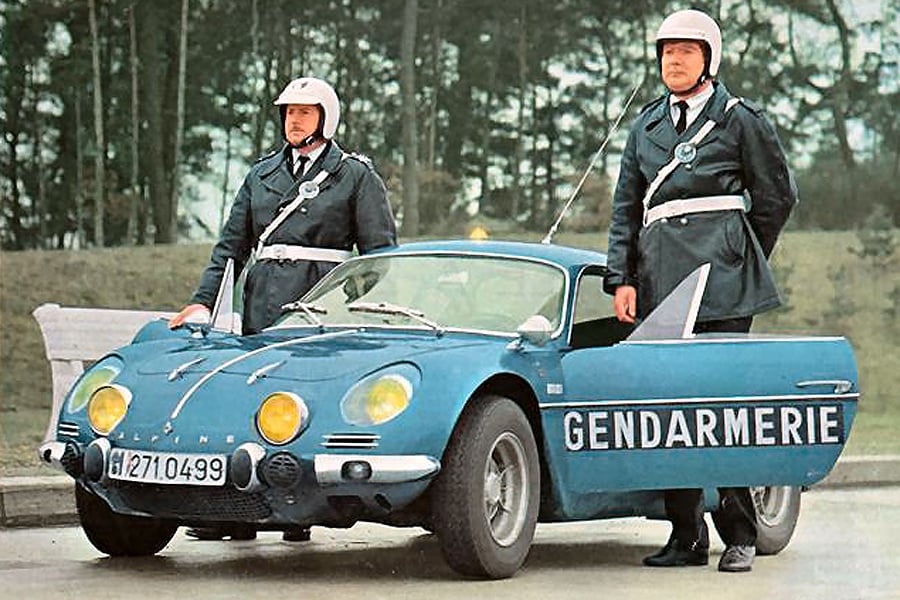Coys Auction - True Greats, London 1 Dec 2009
Coys Auction - Legende et Passion Monaco 30 April 2010
Coys Auction - Ascot Racecourse 23 May 2010
The best getaway cars of all time
Jaguar S-Type: Alternative to the archetype
Crime doesn't pay: The fastest police cars in history
France: Renault Alpine A110

Rare Beauty: Five extraordinary Pininfarina classics
Peugeot 504 Cabriolet V6: Sculpted Frenchman
Pinin-for-future: Can the coachbuilt car craft a comeback?
It wasn’t just the ability to design a pretty car which ensured the survival of Pininfarina when the automotive world underwent one of its most pivotal transitions, with the ‘golden era’ of coachbuilding in the 50s and 60s making way for the adoption of the monocoque chassis in subsequent decades. As well as embracing car production in its own right, the Cambiano-based consultancy also instigated pioneering research into new materials and construction processes.
The Secrets of the Ferrari Sergio by Pininfarina
First things first: technically, the Sergio is not a car as such – yet. Despite sitting on what’s essentially a mock-up of a Ferrari 458 chassis, the Sergio is currently a striking piece of rolling artwork, constructed largely from resin over a computer-milled buck. You might have glimpsed the Ferrari V8 engine through the rear deck, but that’s merely a cover: the Sergio does not actually run. The steering works, however, as it's needed for moving the concept around during events.
Bentley Azure: Engineered by Pininfarina
At the time, the convertible version of Crewe’s Continental two-door coupé was one of the most expensive cars in the world. In the United Kingdom it carried a price tag of £215,000 – a premium of some £40,000 over the coupé.
Pininfarina took two years to carefully design the complicated fold-back mechanism which made the fabric roof totally disappear when down. And not only that, it was also contracted to provide complete bodyshells from underpans and sub-assembly components supplied by Park Sheet Metal in Coventry. All final assembly was done at Crewe.